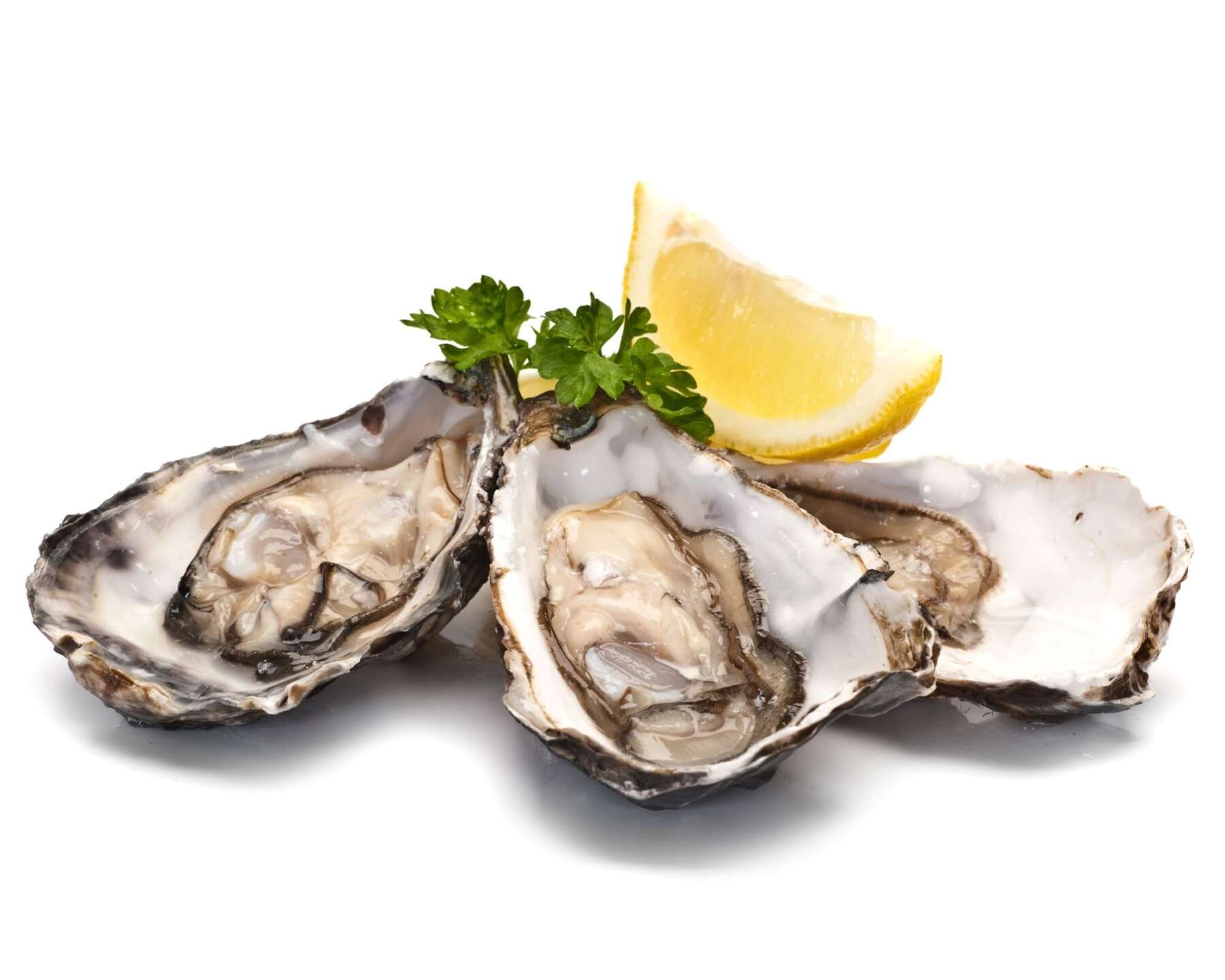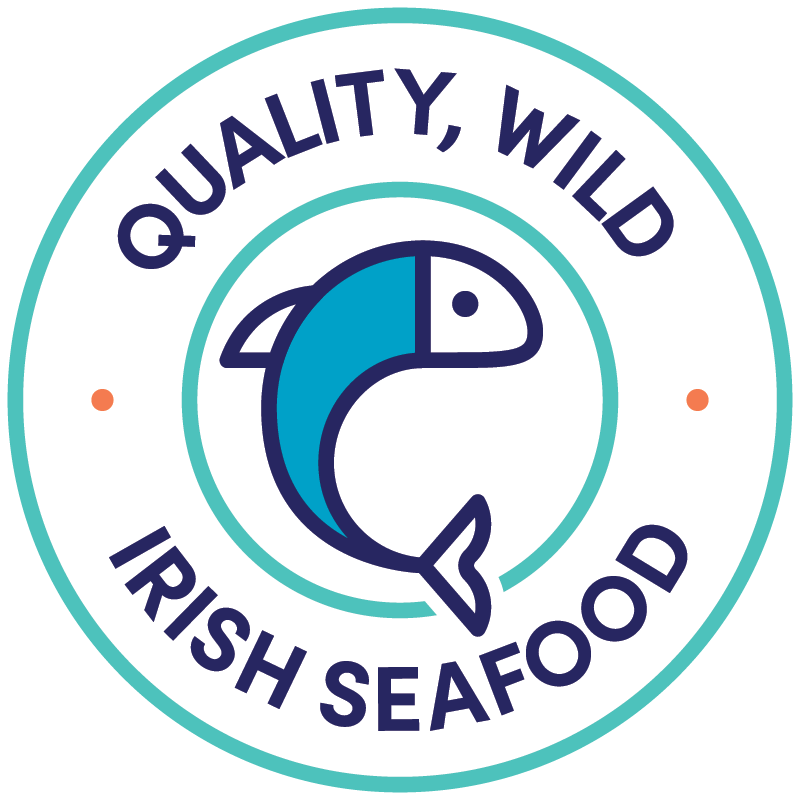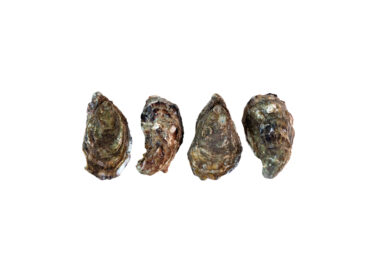
Discover Seafood - Oysters
There are three types of oysters that are cultivated and eaten in Ireland: the native or European flat oyster, the Portuguese rock oysters and the Pacific oyster.
All the names attached to the different oyster species can sometimes get a bit confusing, but rest assured the only two names that you need to remember are: Irish rock oyster and native flat oyster which are the two oysters that are now grown in Ireland.
Ireland is the perfect location for oyster farming with over 7,000km of a very indented coastline to work with and rain filtering through 12,000km2 of turf land. Oyster cultivation in Ireland dates back to the 13th century but consumption of oysters in Ireland has been a tradition for over 4,000 years.
Oysters from Ireland are rich and varied in taste with each bay, in which they are grown, contributing to this distinctive flavour. The unique blend of wild Atlantic waters, clean freshwater rivers and minerals from an unspoilt landscape makes each Irish oyster a unique taste experience. Due to abundant plankton and the exceptional growing conditions around the Irish coast, oysters from Ireland have distinctively high meat content.
Oysters are packed with minerals and vitamins and an excellent source of zinc, calcium and selenium as well as vitamin A and B12. They make a very healthy food choice, because they are low in calories and rich in protein. Traditionally, oysters are considered to be an aphrodisiac, researchers found that they are rich in amino acids that trigger increased levels of sex hormones (in males and females) and their high zinc content aids the production of testosterone.
- One of the most interesting oyster facts is that oysters change their sex during their lives, starting as males and usually ending as females. The shape of oysters varies and depends mainly on how many crowd about them in the bed as they develop.
- Oysters filter water in through their gills and consume food, like plankton, in the process.
- Once an oyster attaches to a bed (a surface occupied by a group of oysters), it grows and forms around the surface it attaches to as well as the other oysters around it.
- All oysters are capable of producing pearls, but not the shiny, pretty pearls of value. In fact, most pearls are harvested from an inedible type of oyster as well as from freshwater mussels.
When you first slide an oyster in your mouth, you'll know immediately if it's fresh-that's true even for those who have never enjoyed raw oysters before. They should taste briny, of seawater, but not overwhelmingly so. They'll feel velvety smooth in your mouth, and while good oysters tend to be soft in nature, they aren't mushy and there's a bit of a bite to them – you should taste all the complexities of the sea.
Atlantis of Kilmore Quay Irish Oysters are reared in the waters of the Atlantic Ocean and sourced from Kelly Oysters off Galway Bay where the colder waters of the Atlantic help to produce firm, sweet flesh. Nourished naturally and reared with care, these fresh oysters have the sweet, salty taste of the sea that oyster lovers seek as well as the firm, succulent flesh that sets them apart. Enjoy our oysters raw or cooked - Champagne to wash down is optional!










